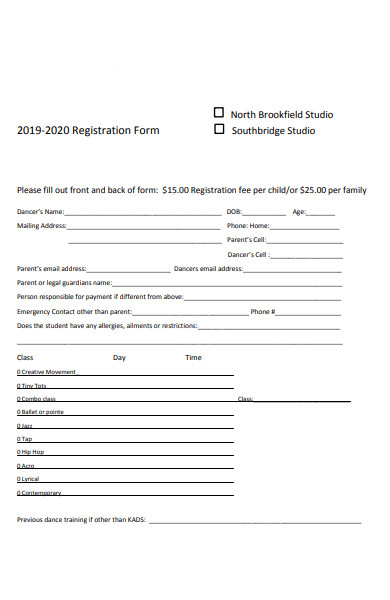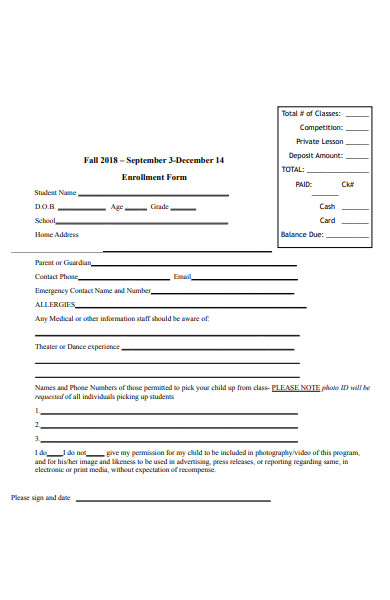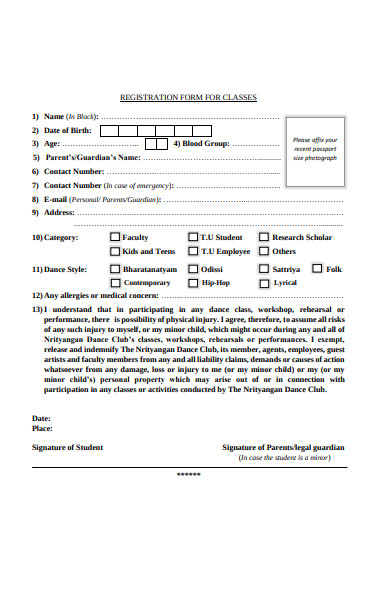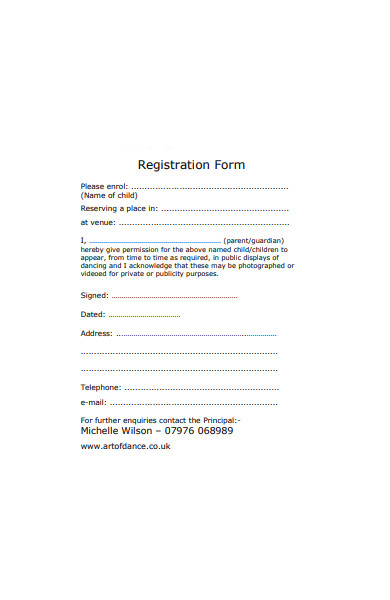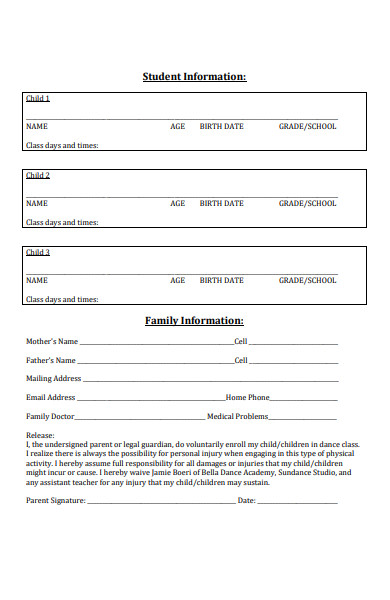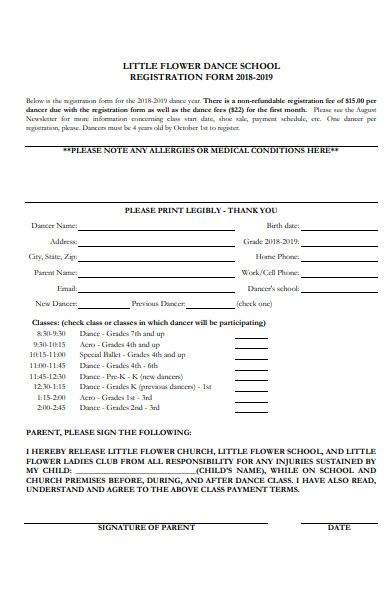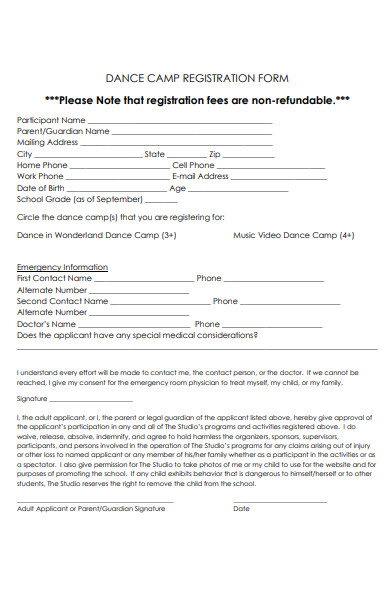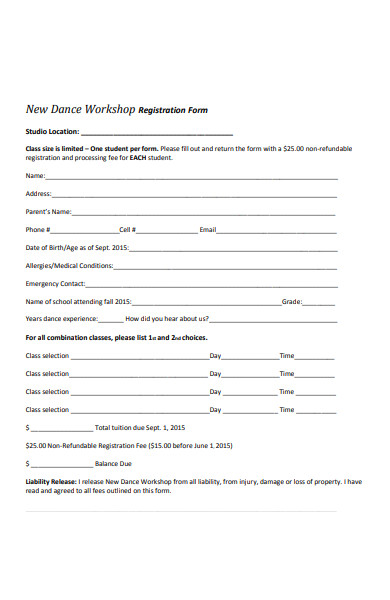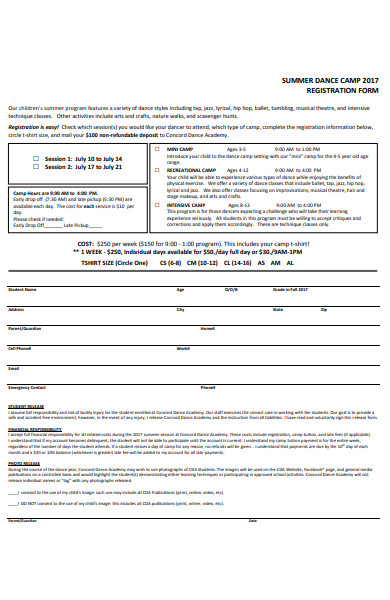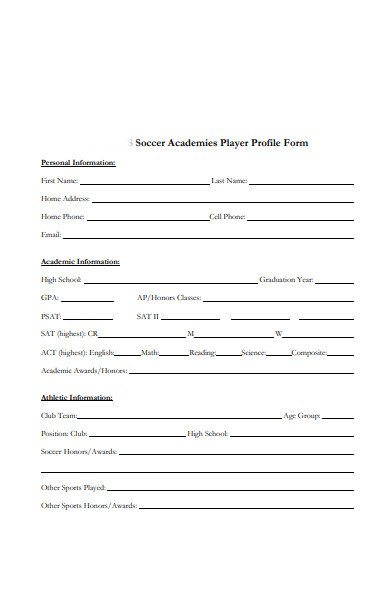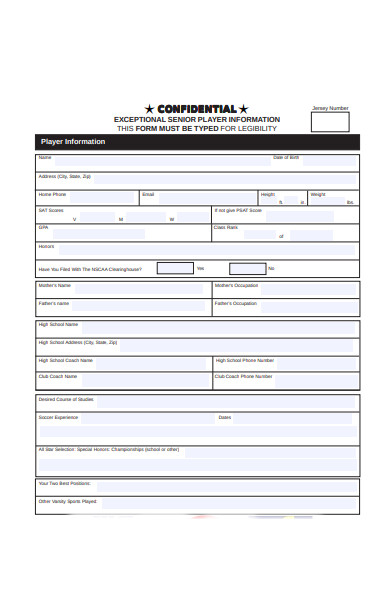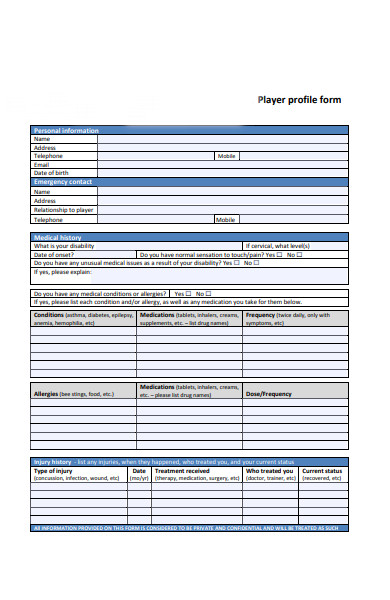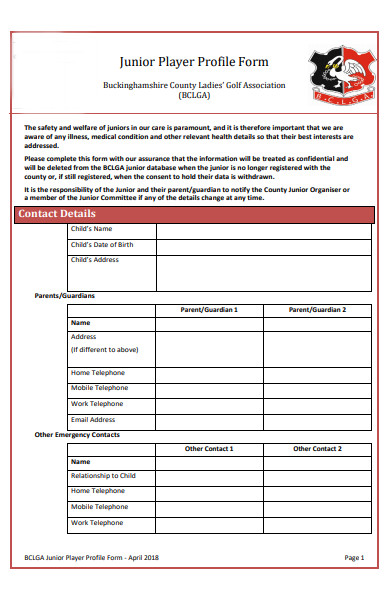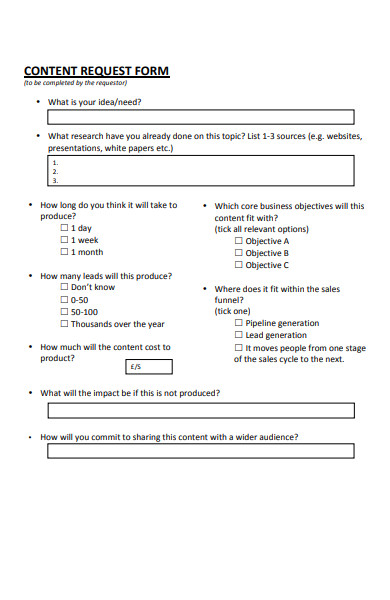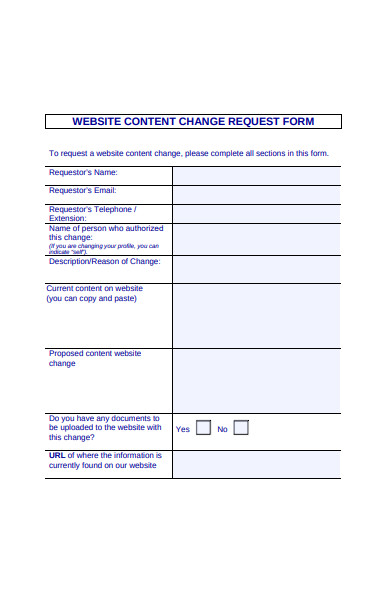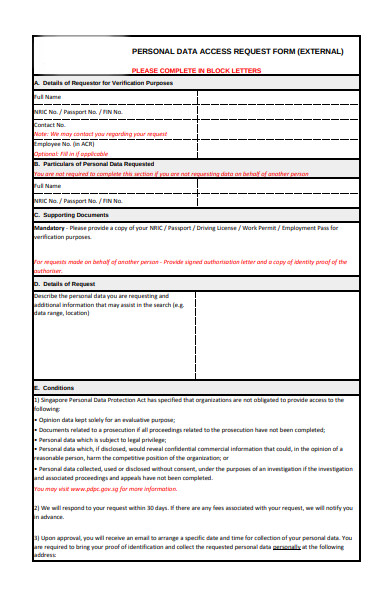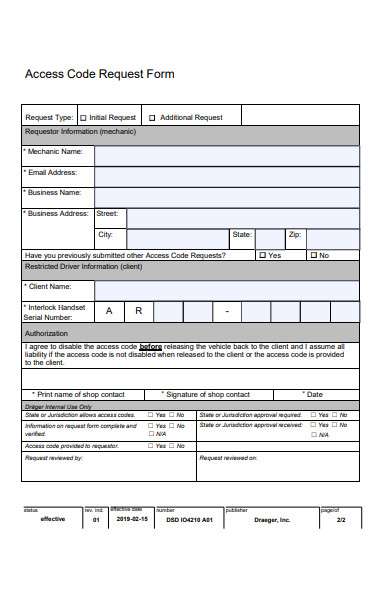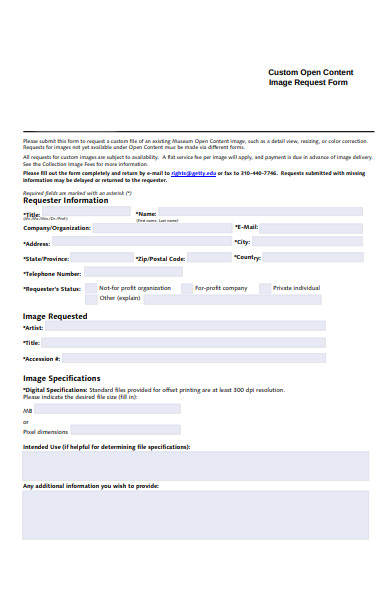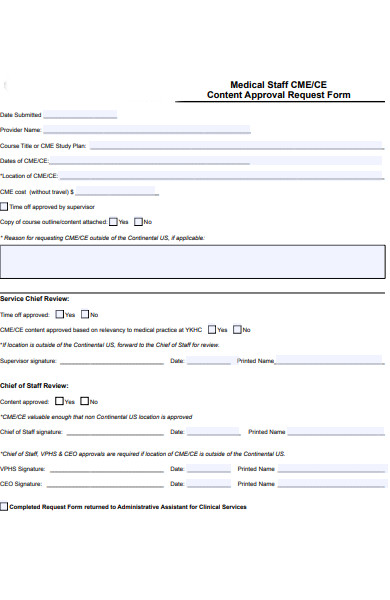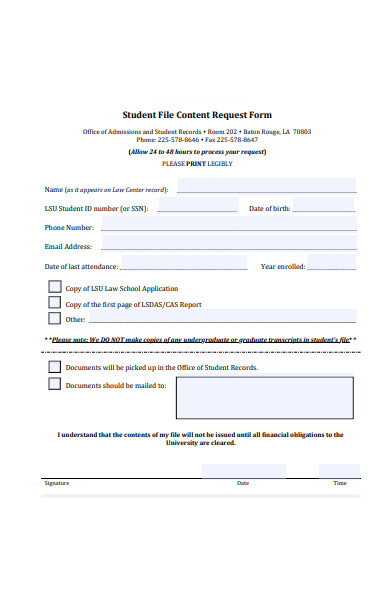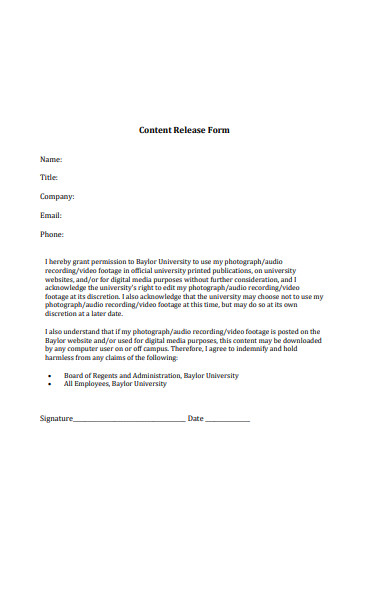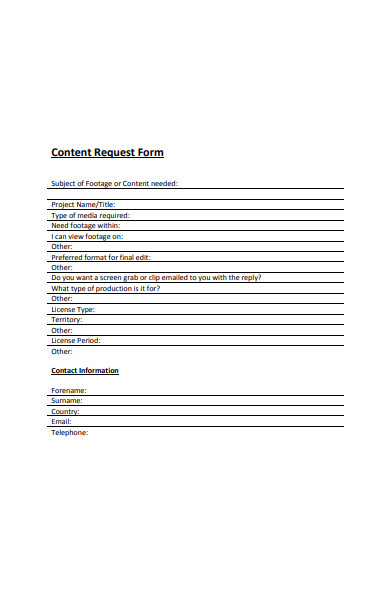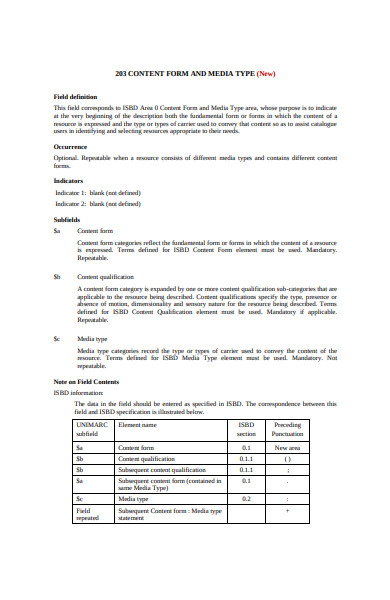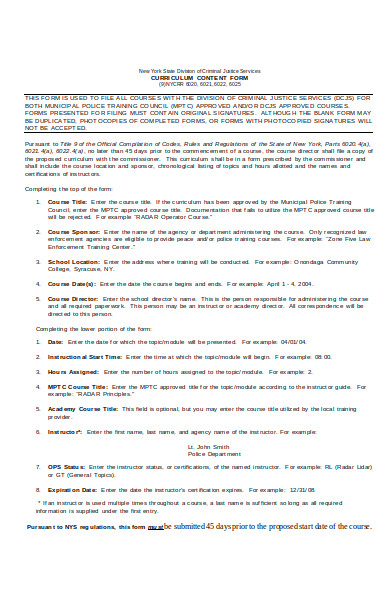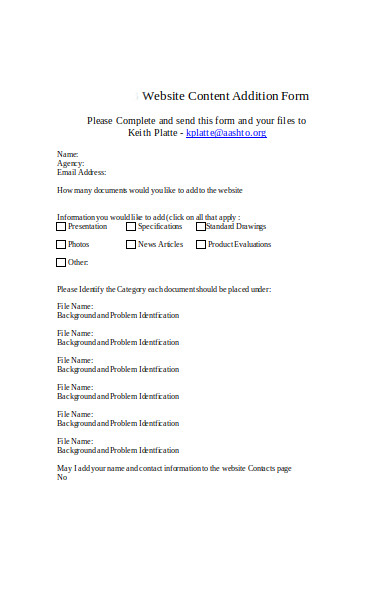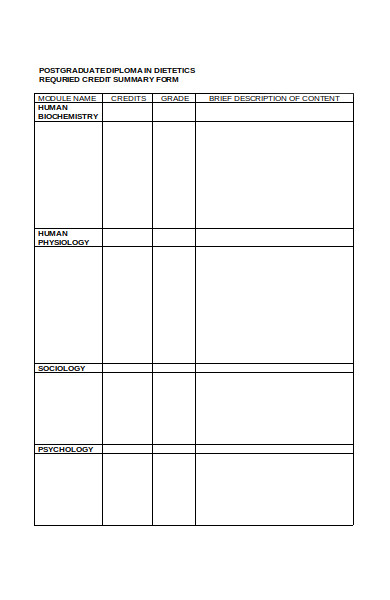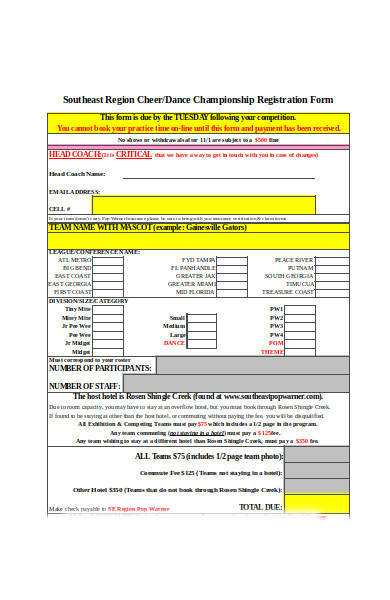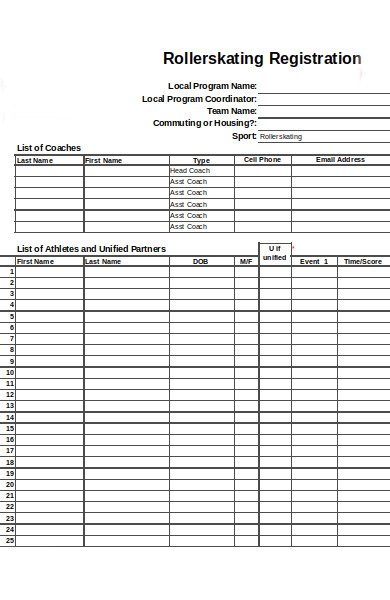A person’s information is a diamond that businesses want to acquire. Business people sell products that will satisfy the customer. How will they know that the products are what customers want? They use content forms. Business owners use the mentioned forms to gather various information from their clients and customers.
The competition for the information is high. As most people say, knowledge is power. Businesses need “knowledge” to stay on top of every other business in the competition. And that is where content forms help a business gain an advantage. These documents supply the needed information that companies want to obtain. Know more about content forms by reading further.
FREE 32+ Content Forms in PDF | MS Word | Excel
1. Dance Registration Content Form
2. Child Registration Content Form
3. Enrolment Content Form
4. Class Registration Content Form
5. Dance Class Content Form
6. Student Information Content Form
7. Printable Content Form
8. Dance Camp Content Form
9. Workshop Content Form
10. Summer Camp Registration Content Form
11. Soccer Player Academic Form
12. Player Profile Content Form
13. Confidential Content Form
14. Content Form Sample
15. Simple Content Form
16. Content Request Form
17. Website Content Form
18. Personal Data Content Form
19. Access Code Content Form
20. Open Content Request Form
21. Consumer Credit Content Form
22. Content Approval Request Form
23. Student File Content Request Form
24. Content Release Form
25. Basic Content Form
26. Standard Content Form
27. Content Review Form
28. Content Authorization Form
29. Curriculum Content Form
30. Web Content Form
31. Content Credit Summary Form
32. Dance Champion Ship Registration Form
33. Sports Content Form
Why Do We Need Content Forms?
The whole business world nowadays centers on identity. Gaining a “personality” is what the target market aims to do, and businesses are slowly aligning their services and products to promoting the “commercialized individualism.” Content forms help companies to know how to align their services to fit the interests and wants of a customer ideally.
This branch of business form provides the right information that business people need to have an idea on how to market their products, their services, or their company. In content forms, the information that it gathers is usually the buyer’s information, such as one’s name, address, nationality, religion, interests, etc.
Business as a Colosseum
Relatable content is the most marketable product that a company idealized into reality. Most businesses fashion their content in a way that customers can easily understand. This scenario is the standard for most sellers these days. The content should fit the target market’s demands, or there will not be any sales. Companies compete against other companies for the top role of the good-content source. Countless companies followed some form procedures that will help in gathering crucial information such as the sample content forms.
Business owners are doing their best to give content that their audiences want. However, before this scenario, during the time of Baby Boomers, business owners focused on providing content that hit societal-acceptable norms. Businesses didn’t care that much for what customers want, but what upper society dictates. If the message of the content strays away from the standard topics of the time, then no buyer will consume the content.
The Change in Media and Content
The upper-class norm-driven content of the 1980s went on until the early 2000s came. The content, offline or online, started to veer toward self-importance and other interests. Gone were the moral and conservative laden media content, and in came the liberated ones. The definition of liberated being more open in terms of topics. Topics that align with individualism, self-love, and mental health are the most common ones in any content medium.
The mentioned topics are so popular by millennials because it is easy to digest and because it veers away from traditional norms and culture. Popular culture icons and trends are appealing to millennials. The usual trends revolve around three words—who am I? These three words are what is the most appealing part since it is usually the question that people ask. “What is identity?” becomes “What is my identity?” The act of questioning one’s worth and purpose quickly gained popularity in the age void of it.
The 1980s was a time that focused on gaining a luxurious life. The previous statement is not to say that all the people were gold-diggers but mostly veered toward more of acquiring the means to live peacefully and comfortably. That was the American Dream. However, some people did not buy such an idea. Some wanted to explore new ideas and innovate old ones. However, social norms at this time found strength and still upheld with conviction.
The new wave of thinking drove most people to question the norms that once did not give people any means to choose what content they want freely. Now, the content is laden with humanistic values, and even if most of the material in this time focuses on giving importance to oneself, other sample contents go for hard issues such as drug, death, disaster, sex, etc.
With this new content trend, businesses aligned themselves with the new wave of demands of content since it is becoming popular. Companies align themselves with what is popular since they realize that giving the customers what they want means more franchises, more profit, and more sales. Most business people veered away from the old ways of making media content and changed their focus, centering more on reality and people rather than rigid traditions and presentations.
How to Create a Quality Content Form
People are always looking for something new. New does mean not only a novelty but also something a result of creative ingenuity and truth. Quality is something people aspire to have or give since with this trait, people are more adventurous with ideas, going out of the norm to bring back something novel.
Creating quality content is always a good aspect for sample businesses as it ensures trust for the customers. Knowing that a company gives quality content is assuring for customers and thus will likely to consume their products once more. But how does one make quality content? Rest assured that we prepared a small guide to help you get an idea of what quality content comprises.
Step 1: Read and Read
Before one can start, one must have to read. Read one article. Read another article. And then read the third one. Reading entails more perspective on specific content that you will write. Why does one need to read multiple articles or references? One source is not enough and may be biased. Reading various works helps you be critical of what information you will place in your content.
If you write only with your stock knowledge, what you write will only be in the realm of what you know. Reading more broadens your ideas, especially when writing a topic that is not one you are familiar at all. Another reason for reading is to expand one’s language skills. Language helps relay one’s message. By having a better vocabulary and sentence construction means to communicate your message more. Language does not only imply style but in communication, also the play of ideas. How one constructs language is similar to how one forms the notion.
Step 2: Make a Good Intro
What is the use of making a good introduction? Introductions are the means to continue having a hold on a person’s interest. Maybe it is a written work or a film; nevertheless, an opening is necessary to the overall essence of the content’s medium. It sets up the following paragraphs, and thus, intros need to be convincing, persuading the reader to digest the information you laid out.
Intros need to be broad but not too much, or else it will get confusing. We suggested it so because introductions are like a synopsis of the entire content. You need to start broad then go into detail as you progress in writing the material further.
Step 3: Mind Your Perspective
Quality content is always void of personal biases. Content must be fair at all times, following the jurisdiction of middle-ground thinking. A content creator must offer something with no means to hide a part of it. Having biases means giving something while hiding another part of it that is also crucial. Making content needs to be open.
Access to information should flow and not hindered. When biases are in play, one must remind oneself to stop and think about the boundary that one places in the sample work. Being mindful of one’s perspective is always the best approach. Clean up the way you present your ideas in a way that is void of bias pollution.
Step 4: Use Statistics and Facts
A creator’s content only becomes valid and credible if it is laden with studies, facts, and statistics. It is the standard that if you want people to believe what you have to say, you need to present also evidence. Without evidence or statistics, one might see your content as mere opinion or theory, lacking in a sample application.
At most, present most of your claim with statistics. Do note that most of the facts are in the body of the content. Introductions and conclusions are areas where the writer usually present a finding. It is also an excellent strategy to place facts in the body and not in the two mentioned areas.
Step 5: Wrap Up the Ending Well
Just as how you made the introduction great, do the same for the content’s conclusion. Everyone loves a suitable ending when reading a novel. In the same way, everyone loves an excellent finish in another medium. Endings are necessary so the reader may know what your content meant. Without a conclusion, a person might see the work as still in progress.
A good ending goes back to the inquiry or sample statement in the introduction. Do not end the content abruptly, or else the message will get ruined. Be mindful of how you give the final image in the conclusion section. Is it relevant, insightful, or memorable? You can opt not to satisfy the three but know that you must conclude the content well.
Step 6: Review the Whole Content
One must take a step back and see if the work has any errors in it?—grammatical or contextual. No content is ever perfect. If you observe most companies that hire people to make content?—?writing, graphic design, music, etc.—there is always an editor to help sort out the content. Editing out the awkward errors evident in the material. If the content did not follow a review phase, the errors might confuse the audiences’ part. To avoid such issues, people make sure to review their work before submitting or posting it on a platform where a lot of people may see it.
In the end, quality content is still subjective despite the objective means of extracting its value and perfection. It is up to the market as to the definition of quality content. Content forms only help determine what content is accessible or what content is full of value as dictated by the consumers. Business owners let the audience define quality content since the customers are the ones that buy the material in the first place.
Related Posts
FREE 9+ Sample Release of Liability Forms in PDF MS Word
FREE 9+ Sample Release of Liability Forms in PDF MS Word
What are The Different Forms of Financial Aid? [ Types, Benefits ...
FREE 4+ Job Analysis Forms in PDF MS Word
FREE Evaluation Form Contents
FREE 7+ Sample Renters Agreement Forms in PDF
FREE 7+ Website Evaluation Forms in PDF
FREE 8+ Sample Business Consent Forms PDF
FREE 7+ Sample Copyright Release Forms in PDF DOC
Content Retention Through Assessment Form
FREE 8+ Sample Rental Application Forms in PDF MS Word
FREE 5+ Quality Audit Report Forms in PDF
FREE 29+ Leave Request Forms in PDF
FREE 34+ Counselling Forms in PDF


